Foraging for Pheasant Back Mushrooms
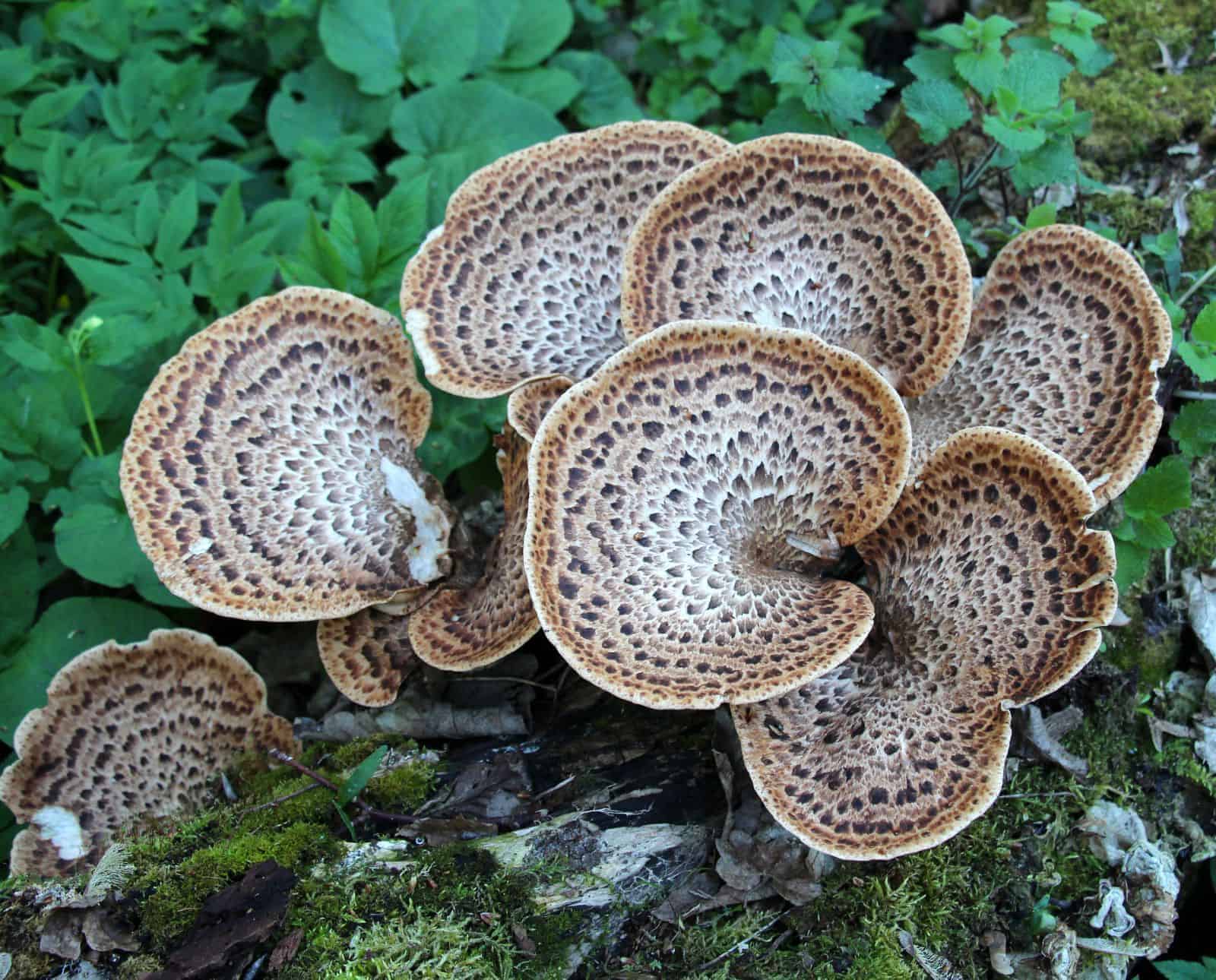
Tips for safely finding, identifying, and eating pheasant back mushrooms
Your eyes may play tricks on you as the world greens up after a long winter. As your eyes adjust to the new growth, it’s easy to see how this beautiful scene is described in many myths and legends. The vibrancy of the forest allows your mind to imagine forest fairies or other mythical creatures frolicking in the mist.
One such creature was the dryad, or forest fairy. Some people believe they inhabit hardwood forests. This little mythical creature is said to utilize the unique shape of pheasant back mushrooms as a saddle or shelter. This belief led to the creation of one of its many monikers: the dryad’s saddle.
Dryad’s saddle, or Cerioporus squamosus, was previously known as Polyporus squamosus. It is an edible polypore mushroom with a unique feather- and saddle-like appearance.
Tips For Identifying Pheasant Back Mushrooms
The pheasant back mushroom is a large, scaly cap mushroom with a distinct and tell-tale pattern that resembles brown feathers. Pheasant back mushrooms can be found on dead or decaying hardwood trees and even the sapwood of living trees, which is an indicator that the tree’s health is in jeopardy.
Pheasant backs can get quite hefty. They grow anywhere between three to 18 inches across and up to three inches thick in the middle. They have a creamy, white-colored underside with large, visible pores and tell-tale feathery, brownish-beige scaled top. Typically, pheasant backs have a kidney or fan shape to them. Pheasant back mushrooms are a bracket type mushroom, which means that they are often found in clusters of up to 20 mushrooms.
Fortunately for foragers new and experienced alike, this mushroom has no look-alikes. This makes it approachable and easy-to-identify wild edible with a relatively low risk of misidentification.
A tell-tale sign that you have found pheasant back mushrooms is the unique watermelon- or cucumber-like smell produced when sliced or broken open. This is another easily identifiable characteristic that can help you harvest with confidence.
Where To Find Pheasant Back Mushrooms
Pheasant backs can be found around the world. In North America, they are found east of the Rocky Mountains.
Pheasant back mushrooms are often found growing on decaying trees, not out of the soil. Tree species include maple, elm, ash, poplar, willow, and other hardwoods. When out searching for spring mushrooms, morels and pheasant backs are often found nearby to one another. They live in areas with well-drained soils both in low-lying ravines or on hill tops where southern sun exposure can create ideal temperatures for mushroom growth. Later in the growing season, shift your focus to areas with more northerly exposures.
Although pheasant back mushrooms are most typically found on decomposing trees, they occasionally parasitize living trees. However, their presence is a strong indicator that the tree is suffering internally. If left on the living tree, the mushrooms form white rot within the tree trunk. This causes the wood to become soft and spongy. White rot greatly reduces the structural integrity of the tree and will eventually cause it to die or break off during a storm.
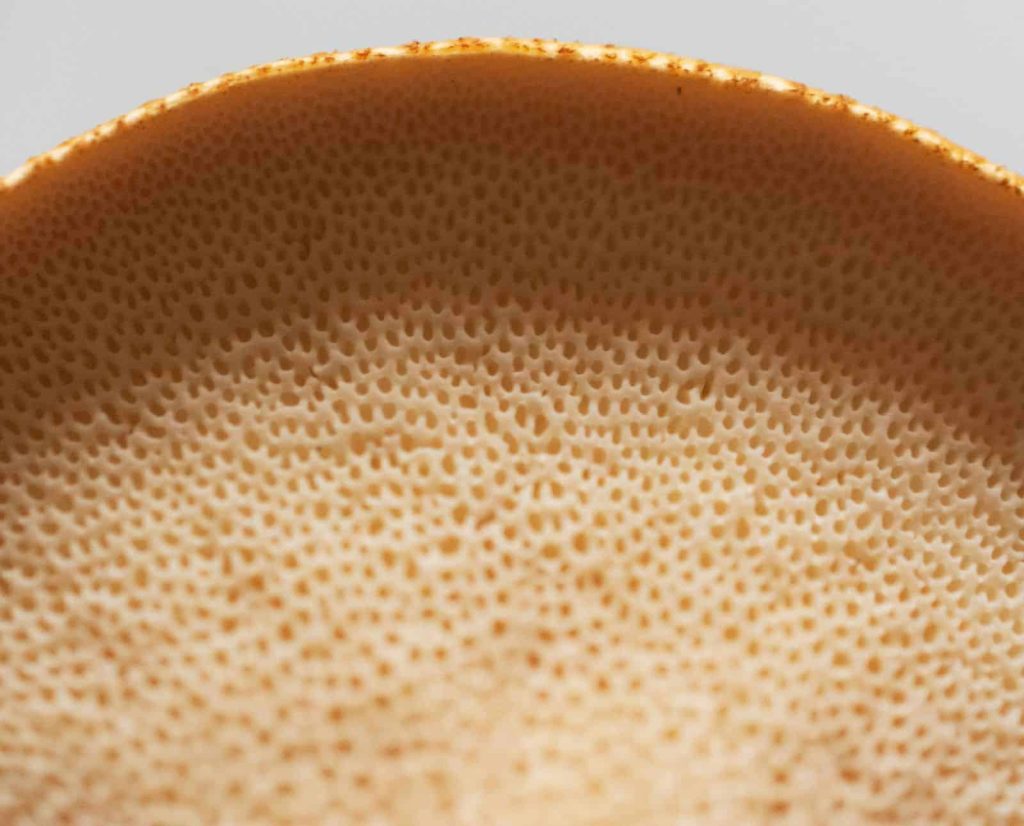
Foraging Techniques
If you’ve found what you believe to be pheasant backs and consulted at least two reputable foraging guides confirming your identification, selectively harvest your bounty. Smaller mushrooms are better. Small mushrooms have a better texture and taste and make for much better table fare. Larger ones are still edible, but require different preparation methods and culinary uses. Another great way to assess the culinary value of your mushroom is to flip it over. Take a look at the pores on the underside of the mushroom cap. Young mushrooms have pinhole-sized pores, while older, more mature mushrooms have more pronounced pores.
Use a small knife or your hands to sever the stem of the mushroom from the host tree. A breathable basket or fabric bag is a great option for holding your harvest until you’re finished foraging. The breathability of the basket or bag keeps them fresh and still allows for spores to be transported and spread as you travel from place to place, helping them to continue to propagate.
If you’re lucky enough to find pheasant backs, harvest the ideal specimens (read: small, young mushrooms). Leave the less desirable large ones behind. Plus, by leaving some behind, you can return to your mushroom spot the following year to reap the benefits once again.
Pheasant back mushrooms will continue to grow each year on the same log or tree as long as there are enough nutrients left to sustain it. You can also return to the location a day or two after a heavy rain to selectively harvest the more palatable, newly formed small specimens.
Culinary Uses and Preparations
When you get home, prepare your mushrooms for the dinner table. Start by using a brush or dry cloth to remove dirt or debris attached to the stalk or cap. Try not to use water to clean your mushrooms. They absorb the moisture, which impacts the taste, texture, and edibility. Next, use a small metal spoon or one of the cleaning tools from a Leatherman to carefully scrape away the pores on the underside of the mushroom cap. It’s not essential, but does improve the edibility of your mushrooms.
Small pheasant back mushrooms can be cleaned, thinly sliced, and sauteed in butter to create a simple yet refined dish. They are delicious pickled, too.
If larger, older mushrooms are all you found, fret not; they can still be used. Clean and prepare them the same as you would a smaller specimen and cut into small pieces. It’s recommended to dehydrate your larger mushrooms and pulverize them in a blender or grinder. This makes a wonderful homemade wild mushroom powder that can be a terrific addition to stocks, soups, and sauces. It will provide a wild umami flavor that will help your culinary dishes shine.
Like all wild mushrooms, pheasant back mushrooms should not be eaten raw. They should be well cooked to reduce the risk of unpleasant gastrointestinal issues.
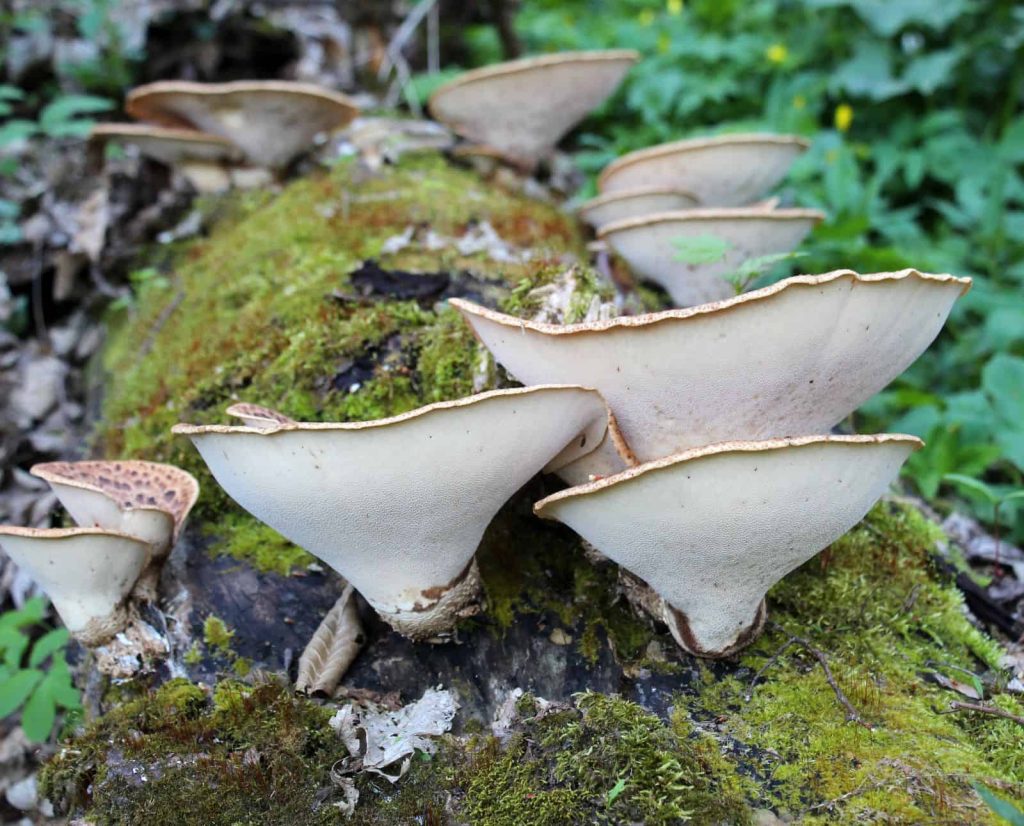
Nutritional Value and Medicinal Benefits
Pheasant back mushrooms are nutritious and contain medicinal properties, too. A 100-gram portion of pheasant back mushroom contains almost 18 grams of protein, 77 grams of carbs, fiber, and is a rich source of vitamin B1 , B2, B12, C and D while also containing antioxidants and immune boosting properties. They have been used in traditional medicines for their medicinal benefits for generations.
Pheasant back mushrooms are a wonderful consolation prize for the weary turkey, morel, or dryad hunter who found themselves empty handed. Due to their size, unique color, and growing method, they tend to be easier to spot than other edible mushrooms. They begin to show themselves in May and June, around the same time that turkeys gobble and morels spring forth from the ground. These mushrooms can almost double in size within just a day or two of a heavy rain, so don’t delay, get out there and start hunting!
Safety Disclaimer: Don’t eat any mushroom unless you are absolutely certain of its identification. A good rule of thumb is to consult at least two credible sources or field guides before eating a mushroom you believe to be edible, and if there is any doubt, have the wild edibles checked by an expert before ingesting them.



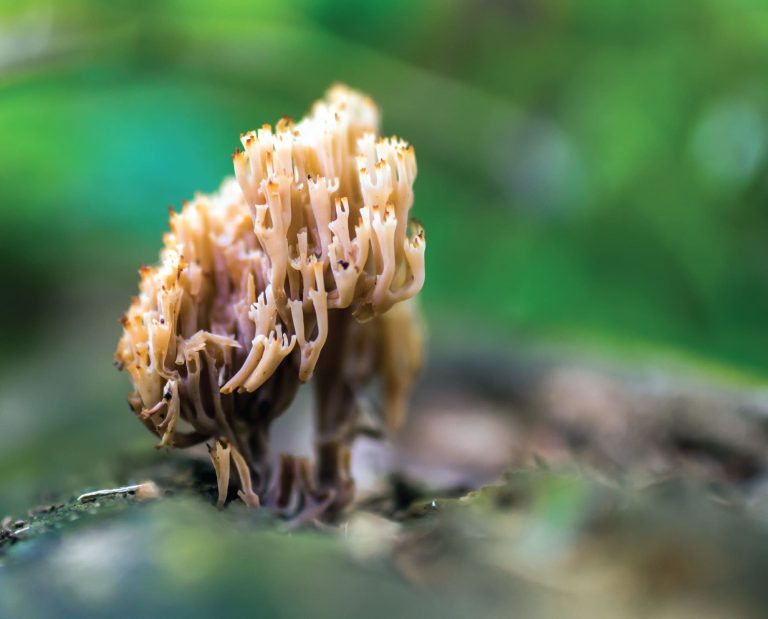
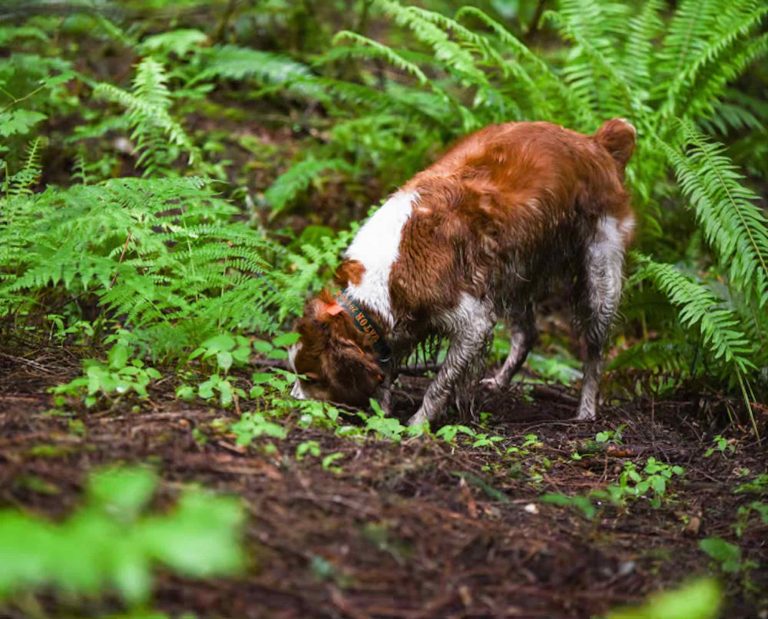
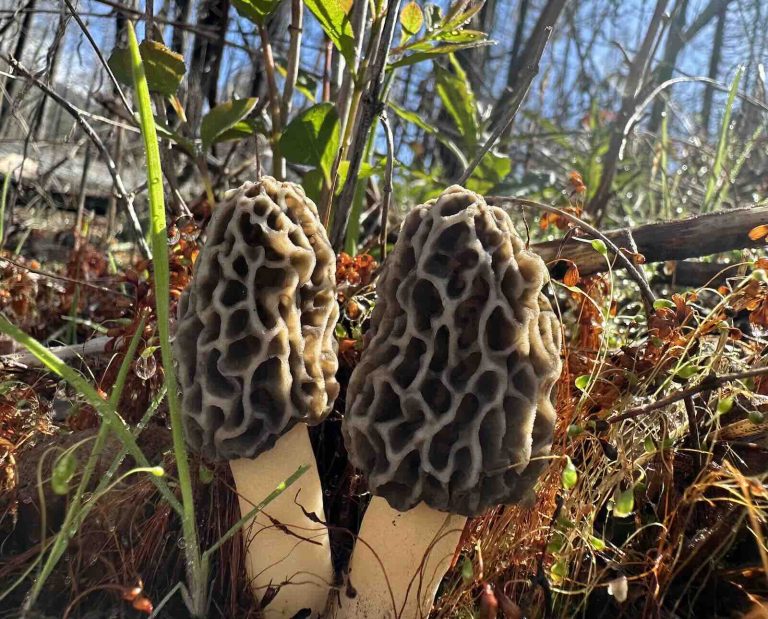

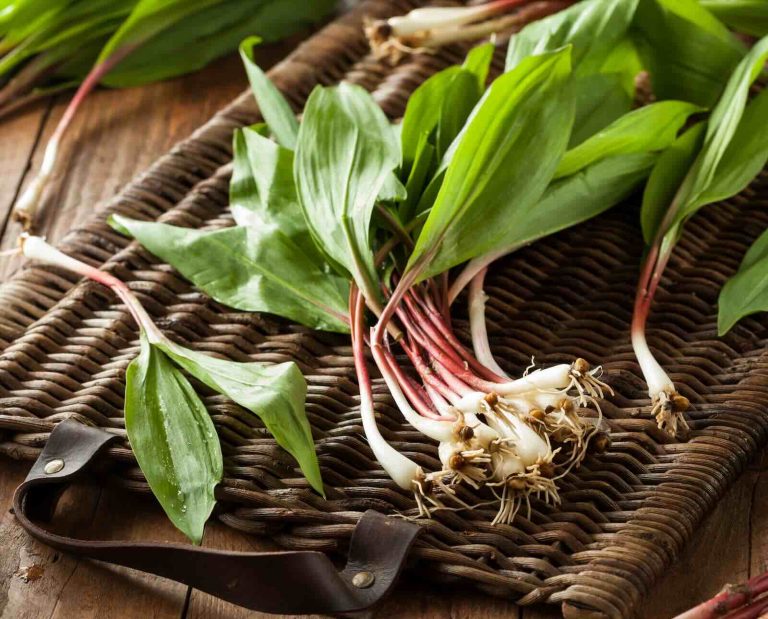
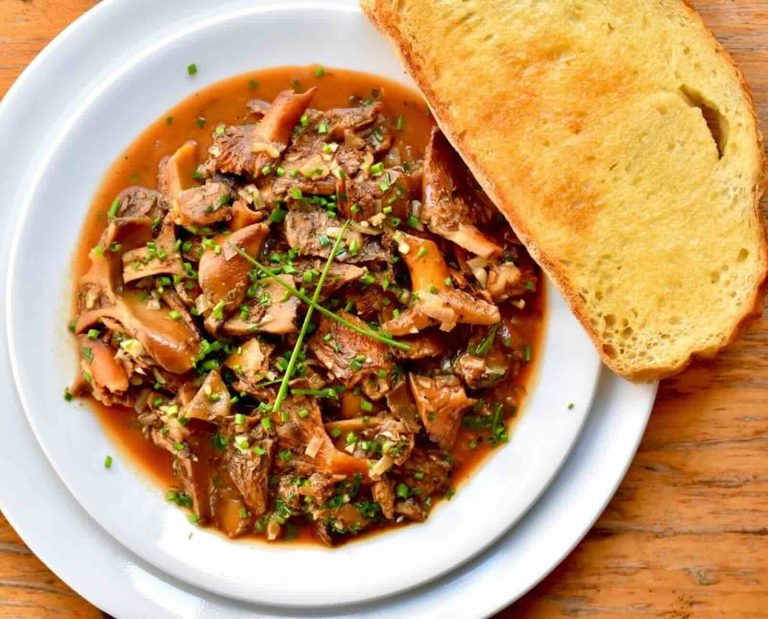
I find the choice of accompanying pictures for this article to be confusing. An article about pheasant back mushrooms with 2 different pictures of what appear to be Prarie Chickens and 1 picture of a military helicopter. I’m not quite sure how these images relate to pheasant back mushrooms. Perhaps a picture of the mushroom itself would be helpful. Likely just an editorial oversight. I’m not trying to be knitpicky just trying to help other readers. I have a tree stump in the yard that produced some pheasantbacks last year. This article reminded me to check it for new growth this year. Thanks for that!